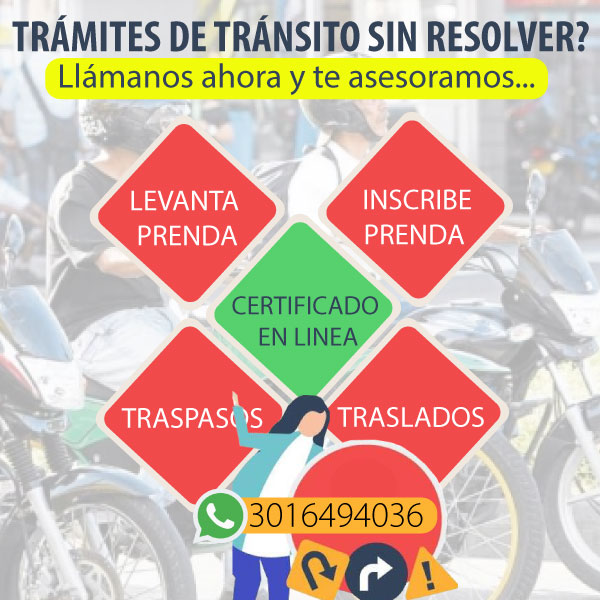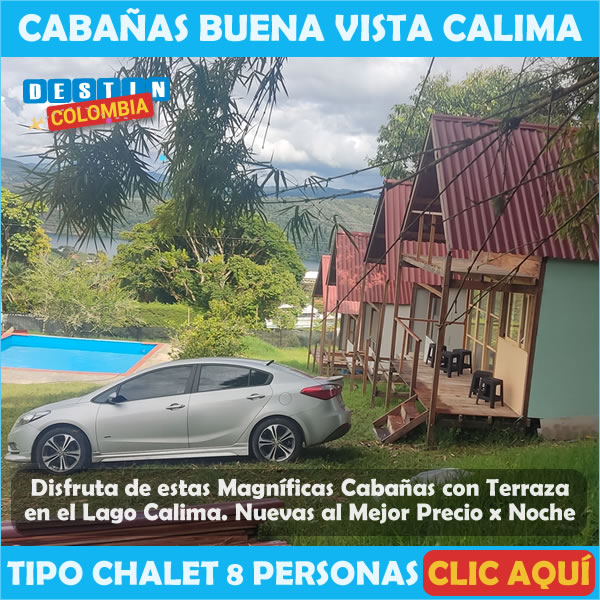You probably heard that first from a Latin American beauty on a televised global beauty pageant. The Spanish greeting is spoken around the world — more than any other greeting in the world except those spoken in Mandarin Chinese. Among the fluent speakers of Spanish are Gabriel Garcia Marquez, Paulo Coelho, Penelope Cruz and Jennifer Lopez — but Spanish has a footprint in a wide array of professions. As the second most- widely spoken native language in the world with a whopping 417 million speakers, Spanish is a truly global language, recognised as one of the six official languages by the UN. It’s a great idea to have Spanish on your CV if you work in international business houses, international agencies, the tourism and hospitality industry, diplomatic services, teaching, translation, or even the government services.
A good place to start is Instituto Cervantes, Connaught Place, funded and run by the Spanish Government. Ana Isabel Reguillo Pelayo, who heads the Spanish language programme, says the institute is currently adapting its language courses to be consistent with the levels established by the Common European Framework of Reference for Languages (CEFR). Many of these Foreign Language Courses are available at suitable timings for students to take after college hours. It takes approximately three years to finish all the levels. There are no academic nor language based pre-requisites for entry into the course.
The language courses are classified under two categories: General Spanish and special courses. The entrants are divided into two groups: above 14 and below 14 and taught accordingly. The CEFR divides the learners further into three large categories and these are in turn subdivided into six levels: ‘ A’, the basic user level, with the sub- categories A1 (Breakthrough) and A2 (Waystage).
The second- level or ‘B’ is the independent user level. This consists of B1 (Threshold) and B2 ( Vantage). The third level is ‘ C’, the proficient user and comprises of C1 (Effective Operational Proficiency) and C2 (Mastery).
Since the institution is funded and run by the Spanish government, the fee is very reasonable — Rs. 7,500 for 60 hours for the general Spanish course. Special courses, which are tailor-made for students who want to focus on specific aspects of the language, cost Rs. 130 per hour. These include: Spanish for children and teenagers, preparatory courses for the CBSE board exams, Spanish for hotels, and for tourist guides. There are also courses offered specifically for translation and interpretation purposes.
The best way to learn a foreign language is not by mugging up textbooks, but by watching films and reading books and magazines in the language. At the Instituto Cervantes, students have access to a well- stocked library, which offers a broad selection of literature, films, magazines and newspapers from the Spanish- speaking world.
Getting more tips and ideas about Foreign Language Courses, just visit India Academic website and find relevant information about the Online Education Courses.
 educaya.org Temás de Educación, Virtual, Postgrados, Maestrías, Carreras técnicas, Colegiós y demás
educaya.org Temás de Educación, Virtual, Postgrados, Maestrías, Carreras técnicas, Colegiós y demás



